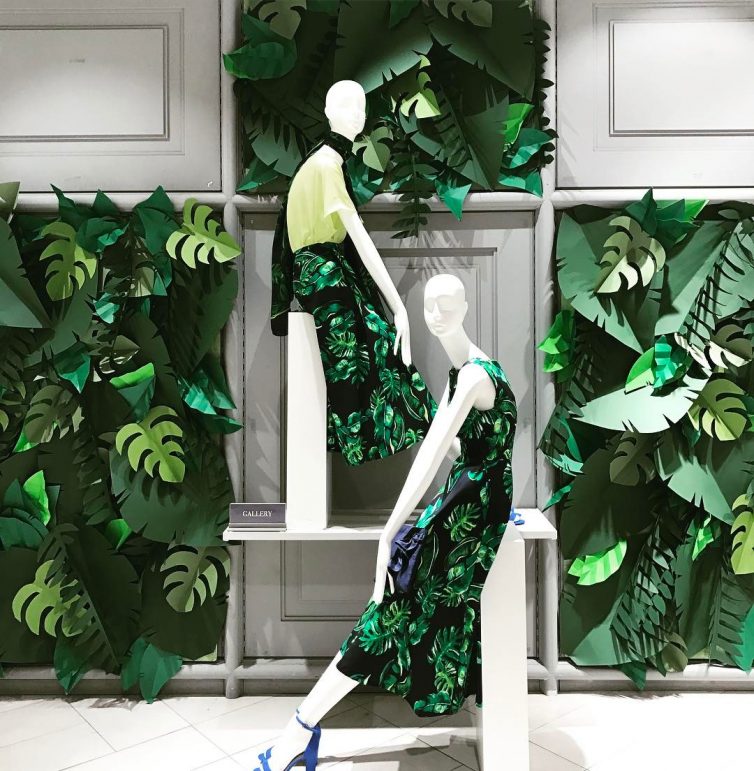The concept of colour will continue to be a relevant aspect of marketing. Its significance in shoppers’ decision making cannot be overlooked.
Researchers have discovered how colour psychology imparts marketing. It is a ubiquitous element and 90% of instant judgements on products are based on colour alone. In branding, there are also proven results that businesses that use colours associated with their values, often have better brand recognition than businesses that don’t.
The same principle is applicable in store design. How do the colours you fill your store with influence the overall shopping experience? This article looks at the ability to guide your customers by using certain colours.
Create a theme with colour
Instead of choosing colours based on your favourites, look at the bigger picture. The store design is bigger than you think; consider how it affects your customers. It’s usually more effective to begin with a theme and capture the attention of visitors.
For instance, Hollister stores go for a tropical theme, hence the Amazon-like ambience of its interiors. The shades of green and amber capture the essence of the tropics. Green is associated with trees, blue with underwater, while yellow gives a beach sand feel.
Calm your shoppers with colour
Warm colours like earth brown and orange are reassuring and inviting to shoppers, while blue and green have a calming effect. When visiting the seaside or a tropical beach you will notice the calming aura it exudes. As a retailer, if you are going for the same effect, draping your store in cool shades of underwater blue is a good start.
Orange brings to the mind feelings of enthusiasm and energy. It makes shoppers happy, and happy shoppers will linger longer. If there is a section you want customers to focus on, this should be a good strategy.
Draw attention to certain products
Are you organising a sale for last season’s designs? Draw attention to this area of your store with bright colours like yellow and red. This should stop customers in their tracks as they proceed to other ‘familiar’ sections.
Marketing chief at Slatwall Accessories shop design suppliers, Amy Rhimes says,”People tend to buy more when there is red. For shelves like jewellery displays or gift card trays, a few splashes of red should work in your favour,” she says. However, red should be used sparingly in store design otherwise too much will agitate the shoppers.
Use colour for brand recognition
Colours are a strong indicator of what your brand stands for, and some represent certain values. For instance, green is usually associated with the environment or sustainability, so a brand heavily invested in eco-friendliness will connect strongly with this value.
Whatever the value of your store, use a colour associated with it to build a brand recognition. It could be yellow, for excitement and fervour, blue for calm or purple undertones for royalty. Many luxury retailers use black to establish their brand recognition.
Use colour highlights
Take care not to overdo the store design with excessive colour, or you could end up drowning your products in the ‘riot’. The idea of retail is to make the merchandise pop, and not the surroundings itself.
If you are in the sleepwear/bikini business, bold colours will complement the flimsy nature of your products. Likewise, in an electronic store, the use of very bright colours can distract customers from the sleek look of the products.
White is good for giving your store a roomy aura. You can use it to create a freer shopping atmosphere. But the key is to always use it in highlights. What colours currently grace your store, are they effective?
Main Image Source
